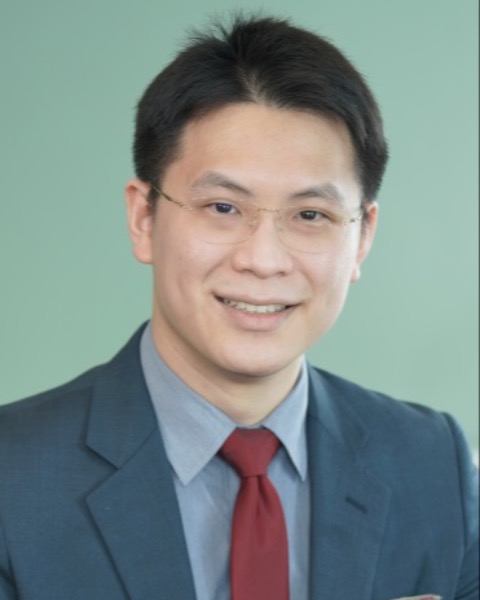Break in Exhibit Hall & Posters in Foyer
A Systematic Review of Ambient Mass Spectrometry for Wound Assessment
Mass spectrometry (MS) analytical platforms are increasingly used in medicine to identify and quantify small biomarkers for diagnostic and prognostic purposes. However, conventional MS requires time-consuming sample preparation, thereby impeding its seamless translation into clinical applications. Ambient MS allows for sample ionisation in ambient environments, therefore enabling rapid, real-time analysis of patients’ samples and offering the prospect of its clinical use. This systematic review explores the utility of ambient mass spectrometry for external wound assessment and identify the potential translational applications of this technology into wound care pathways.
Methods:
A systematic review was performed and reported according to PRISMA guidelines. Medical databases including PubMed and EMBASE were searched up until 5 December 2022. Any primary studies assessing the use of ambient MS in the evaluation of external wounds were included unless they were case reports, animal studies, or not published in English. Two reviewers independently identified eligible studies with any discrepancies resolved by the third reviewer.
Results:
Out of 1,402 screened abstracts, six studies were included which employed various ambient MS technologies, including DESI-MS (n=1), REIMS (n=1), and MALDI-TOF-MS (n=4). These studies were performed in burns (n=3), pressure ulcers (n=2), and acute surgical wounds (n=1). Targeted and untargeted molecular profiling methods were employed, examining a spectrum of biomarkers related to inflammatory and healing processes, such as proteins (n=4, including lactate dehydrogenase, calcium modulating proteins, alpha defensins, and thymosin beta-4), lipid species (n=3, including free fatty acids and sphingomyelin), and other compounds (n=1, including adenine and cholesterol sulfate). Most studies considered ambient MS to be useful in identifying molecular disturbance in wound microenvironments, above that from conventional methods such as histology. Spatial localisation and accumulation of different metabolites within the wounds differed according to healing status and when compared to healthy skin samples. Furthermore, the changes in the composition of biomarkers over the course of wound maturation was also demonstrated.
Conclusions:
Ambient mass spectrometry technology has demonstrated its ability to geographically map the wound surface in accordance with standard histology method, as well as giving additional information of molecular signatures specific to different wound areas. This technology has also shown promise to demonstrate dynamic changes in wounds as they age or being at different healing status. Specific metabolites and proteins accumulation in certain wound areas may further be made possible to prognostically differentiate between wounds that are healing and those that are not. To realise this promise in clinical arena, further research should focus on translating these technologies into the wound care pathway.

Kanin Pruekprasert, MD
Clinical Research Fellow
Section of Vascular Surgery, Department of Surgery and Cancer, Imperial College London
London, England, United Kingdom
